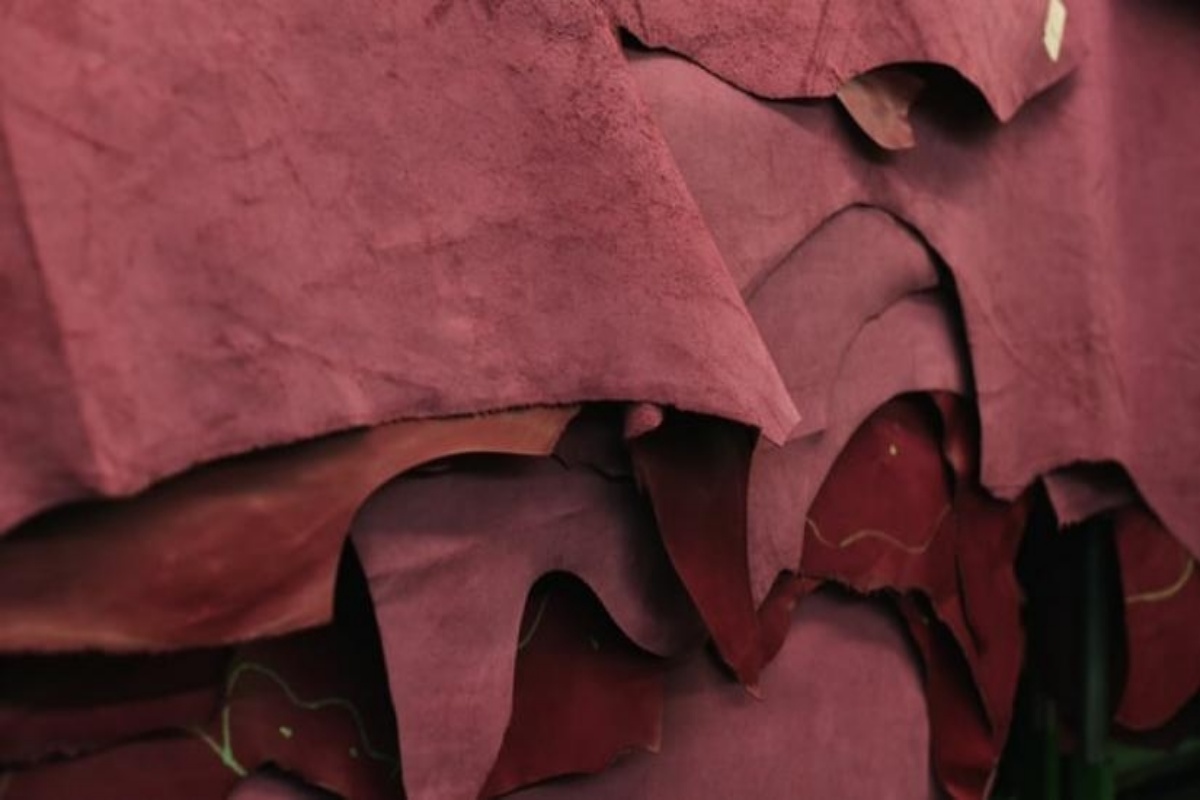With a focus on environment and ethical treatment of animals, in time for World Fashion Day celebrated on August 21, 32 leading Indian designers have agreed to exclude leather after being asked by People for the Ethical Treatment of Animals (PETA) India and Lakme Fashion Week to stop using the material.
The list of designers features leading names like Gaurav Gupta, House of Masaba by Masaba Gupta, JADE by Monica & Karishma, pero by Aneeth Arora, Ranna Gill, Shyamal & Bhumika, Sonaakshi Raaj, Siddartha Tytler, Rina Dhaka, Vikram Phadnis, Rocky Star, Atsu Sekhose, Dev R Nil, and Bloni by Akshat Bansal.
Advertisement
“Sustainability in fashion is multifold; animal cruelty and the toxic effluents from tanneries are key issues that need to be addressed alongside others. It’s promising to see the responses from Indian fashion designers, it’s a crucial step in the right direction. We’re committed to fashion being ethical towards animals and value our association with PETA India,” says Darshana Gajare, head sustainability, Lakme Fashion Week/RISE Worldwide.
Advertisement
“There’s no such thing as a humane leather bag, pair of shoes, or jacket, and leather is the most environmentally damaging material used in fashion,” says PETA India’s senior media and celebrity projects coordinator Monica Chopra. “These innovative and forward-thinking leather-free designers know that cows and buffaloes are living, thinking, feeling beings, not fabric.”
In its visits to slaughterhouses, PETA India has documented that cattle are crammed into vehicles so tightly that many suffer from broken bones or die of suffocation. In order to kill them, slaughterhouse workers slit their throats in full view of others — even though these animals are just as sensitive to pain as we are. And according to the 2017 “Pulse of the Fashion Industry” report published by the Global Fashion Agenda in collaboration with the Boston Consulting Group, leather is the most polluting material used in fashion.
PETA India notes that vegan leather can be made with materials as varied as cork, mangoes, coconut, pineapple leaves, recycled plastic, mushrooms, tomato composite, grapes, and discarded temple flowers. In addition to saving animals, these options avoid the environmental and societal costs associated with animal-derived leather, including greenhouse gas emissions, deforestation to rear cows, and toxic tannery waste that pollutes the Ganges and harms tannery workers.
Advertisement











